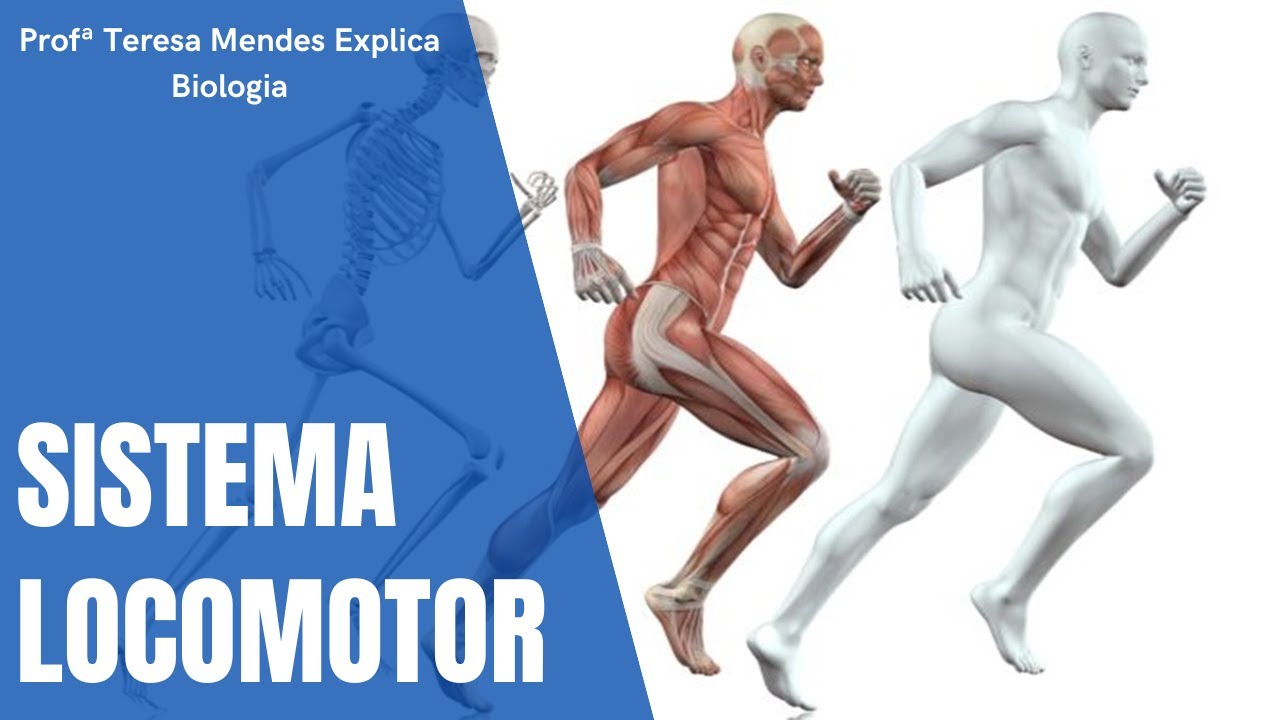[ENG SUB] Locomotor System
Summary
TLDRThis video explains the fascinating workings of the human locomotor system, highlighting how our bones, muscles, and joints enable movement. It covers the structure of the human skeleton, including the skull, spine, ribs, pelvis, and limbs, while emphasizing the different types of muscles—smooth, cardiac, and skeletal—along with their functions. The script also explains how muscles work antagonistically and synergistically, the various types of joints in the body, and their specific movements. The importance of good posture, regular exercise, and proper nutrition for maintaining bone and muscle health is also discussed.
Takeaways
- 😀 Our ability to move comes from the locomotor system, which includes bones and muscles.
- 😀 The skeleton consists of bones connected by joints, and muscles are attached to bones for movement.
- 😀 The human skeleton is divided into three main parts: the skull, body, and limbs.
- 😀 The skull protects the brain and shapes the face, while the bones of the body support posture and protect vital organs.
- 😀 The limbs consist of bones in the arms and legs, with specific bones like the femur, kneecap, and wrist.
- 😀 There are three types of muscles: smooth muscles, cardiac muscles, and skeletal muscles.
- 😀 Smooth and cardiac muscles work involuntarily, while skeletal muscles are voluntary and allow for conscious movement.
- 😀 Muscles work in pairs—antagonistically (like biceps and triceps) or synergistically (like the pronator muscle).
- 😀 Joints enable the movement of bones; hinge, saddle, swivel, and ball-and-socket joints all contribute to different types of movement.
- 😀 Proper posture, regular exercise, and a diet rich in calcium and vitamin D are essential for maintaining a healthy locomotor system.
Q & A
What is the main reason we are able to move?
-We are able to move because of the locomotor system, which involves the interaction between bones, joints, and muscles. Muscles move the bones, allowing for actions like walking, running, and jumping.
What role do bones play in the movement process?
-Bones act as a passive means of movement. They provide the structure and support for the body, while muscles actively contract and relax to move the bones.
What is the function of the skull?
-The skull serves to protect the brain and shape the face, including the eyes, nose, cheeks, and jaws.
What does the spine do in the human body?
-The spine supports the head, maintains posture, and provides structural support to the body from the neck to the tail.
How do muscles work together during movement?
-Muscles can work antagonistically, as seen with the biceps and triceps. When one muscle contracts, the other relaxes, enabling controlled movement. They can also work synergistically, as in the case of the pronator muscle helping with motion.
What is the difference between smooth, cardiac, and skeletal muscles?
-Smooth muscles are involuntary and are attached to digestive or respiratory organs. Cardiac muscles are also involuntary and are attached to the heart. Skeletal muscles are voluntary and attached to bones, allowing for intentional movement.
What types of joints allow movement in the body?
-There are several types of joints: hinge joints (e.g., knees, elbows), saddle joints (e.g., between the palm and thumb), swivel joints (e.g., in the neck), and ball joints (e.g., in the shoulders and hips). Each type of joint allows specific movements.
How does a ball joint facilitate movement?
-A ball joint allows for free movement in all directions. It is found in areas like the shoulder and hip, enabling rotational movements of the arms and legs.
What happens when bones are subjected to a strong impact?
-When bones are hit hard by an object, they may fracture or break. This emphasizes the importance of protecting the body from harm and maintaining bone health.
How can we maintain healthy bones and muscles?
-To maintain healthy bones and muscles, it's important to maintain proper posture, exercise regularly to strengthen muscles, and eat foods rich in calcium and vitamin D to support bone health.
Outlines

此内容仅限付费用户访问。 请升级后访问。
立即升级Mindmap

此内容仅限付费用户访问。 请升级后访问。
立即升级Keywords

此内容仅限付费用户访问。 请升级后访问。
立即升级Highlights

此内容仅限付费用户访问。 请升级后访问。
立即升级Transcripts

此内容仅限付费用户访问。 请升级后访问。
立即升级5.0 / 5 (0 votes)






